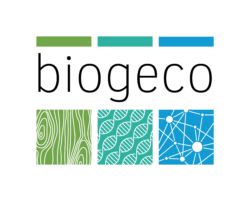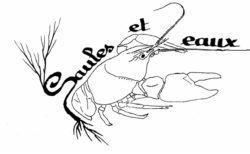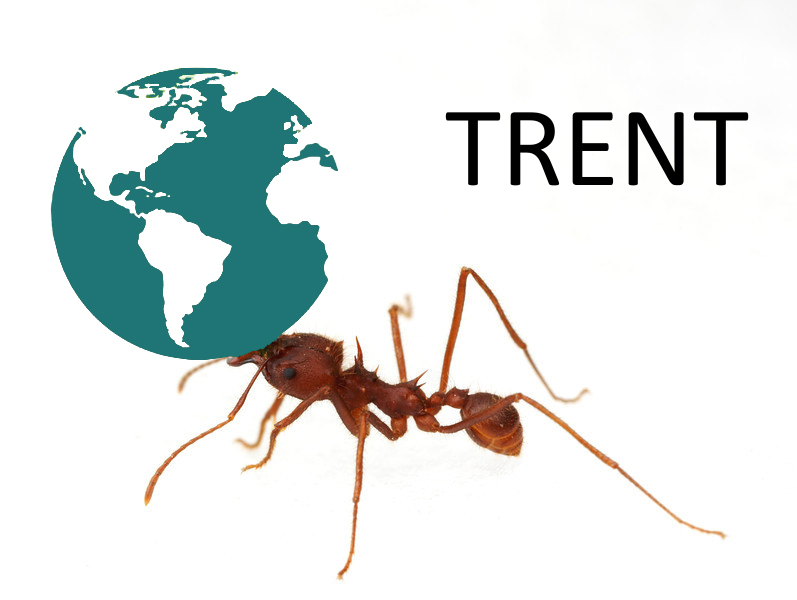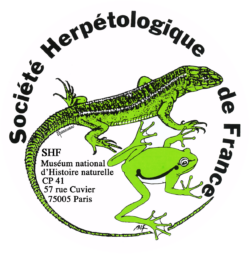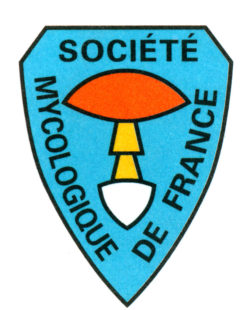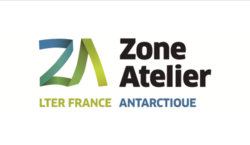Références bibliographiques relatives au groupes des tuniciers
Pour trouver un mot, tapez celui-ci dans la barre de recherche de votre navigateur
Bishop, J. D. D., & al. 2012. The Southern Hemisphere ascidian Asterocarpa humilis is unrecognised but widely established in NW France and Great Britain. Biological Invasions 15(2): 253-260.Lire
Carman, M., & Grunden, D. W. 2010. First occurrence of the invasive tunicate Didemnum vexillum in eelgrass habitat. Aquatic Invasions 5(1): 23-29. Lire
Dijkstra, J. A., & al. 2012. Introduced species provide a novel temporal resource that facilitates native predator population growth. Biological Invasions 15(4): 911-919. Lire
Fletcher, L. M., & al. 2012. Natural dispersal mechanisms and dispersal potential of the invasive ascidian Didemnum vexillum. Biological Invasions 15(3): 627-643. Lire
Gallahan, A. G., & al. 2010. Survey of harbours in Newfoundland for indigenous and non-indigenous ascidians and an analysis of their cytochrome c oxidase I gene sequences. Aquatic Invasions 5(1): 31-39. Lire
Kanary, L., Locke, A., & Watmough, J. 2010. Evaluating the effectiveness of SCUBA-based visual searches for an invasive tunicate, Ciona intestinalis, in a Prince Edward Island estuary. Aquatic Invasions 5(1): 41-47. Lire
Kaplan, K. A., & al. 2018. Invasive tunicate restructures invertebrate community on fishing grounds and a large protected area on Georges Bank. Biological Invasions 20(1): 87-103. Lire
Kremer, L. P. &R. M. da Rocha. 2016. The biotic resistance role of fish predation in fouling communities. Biological Invasions 18(11): 3223-3237. Lire
Kremer, L. P., & al. 2009. An experimental test of colonization ability in the potentially invasive Didemnum perlucidum (Tunicata, Ascidiacea). Biological Invasions 12(6): 1581-1590. Lire
Lacoursière-Roussel, A., & al. 2012. Modeling biofouling from boat and source characteristics: a comparative study between Canada and New Zealand. Biological Invasions 14(11): 2301-2314. Lire
Lejeusne, C., & al. 2010. Comparative phylogeography of two colonial ascidians reveals contrasting invasion histories in North America. Biological Invasions 13(3): 635-650. Lire
Morris, J. A. & M. R. Carman. 2012. Fragment reattachment, reproductive status, and health indicators of the invasive colonial tunicate Didemnum vexillum with implications for dispersal. Biological Invasions14(10): 2133-2140. Lire
Ordóñez, V., & al. 2016. When invasion biology meets taxonomy: Clavelina oblonga (Ascidiacea) is an old invader in the Mediterranean Sea. Biological Invasions 18(4): 1203-1215. Lire
Pool, T. K., & al. 2013. Assessing Lethal Dissolved Oxygen Tolerance for Invasive Tunicate Ciona savignyi in Puget Sound. Northwest Science 87(2): 106-113. Lire
Reem, E., & al. 2012. Long-term population genetic structure of an invasive urochordate: the ascidian Botryllus schlosseri. Biological Invasions 15(1): 225-241. Lire
Reinhardt, J., & Hudson, M. 2012. A review of the life history, invasion process, and potential management of Clavelina lepadiformis Müller, 1776: a recent invasion of the northwest Atlantic. Management of Biological Invasions 3(1): 1-13. Lire
Robinson TB, & al. 2017. Mind the gap – context dependency in invasive species impacts: a case study of the ascidian Ciona robusta. NeoBiota 32: 127–141. https://doi.org/10.3897/ neobiota.32.9373. Lire
Smale, D. A. & Childs, S. 2011. The occurrence of a widespread marine invader, Didemnum perlucidum (Tunicata, Ascidiacea) in Western Australia. Biological Invasions 14(7): 1325-1330. Lire
Stefaniak, L., & al. 2012. Determining the native region of the putatively invasive ascidian Didemnum vexillum Kott, 2002. Journal of Experimental Marine Biology and Ecology 422–423: 64-71. Lire
Stefaniak, L. M. 2017. Mechanisms for invasion success by Didemnum vexillum (Chordata: Ascidiacea): observations versus manipulations. Biological Invasions 19(4): 1213-1225. Lire

















